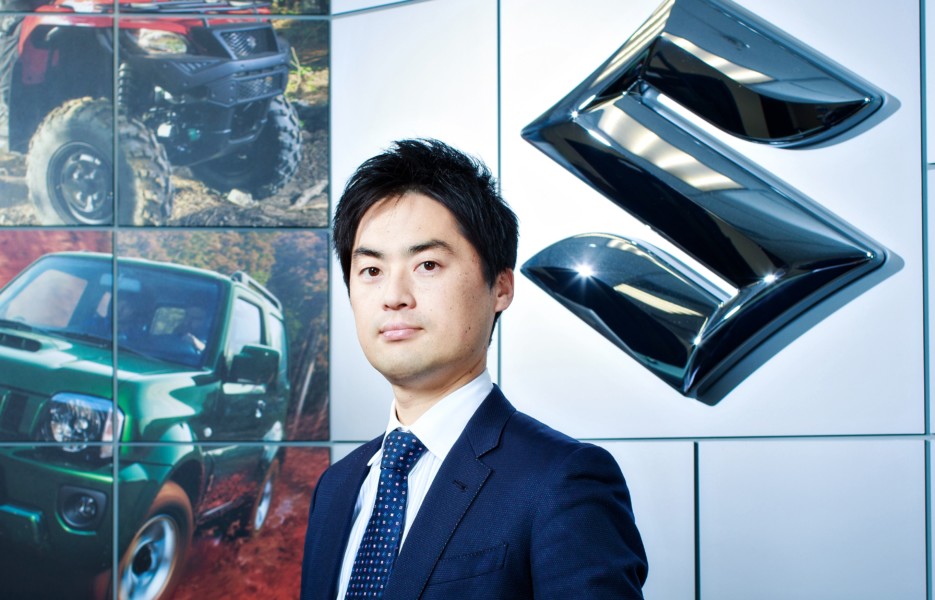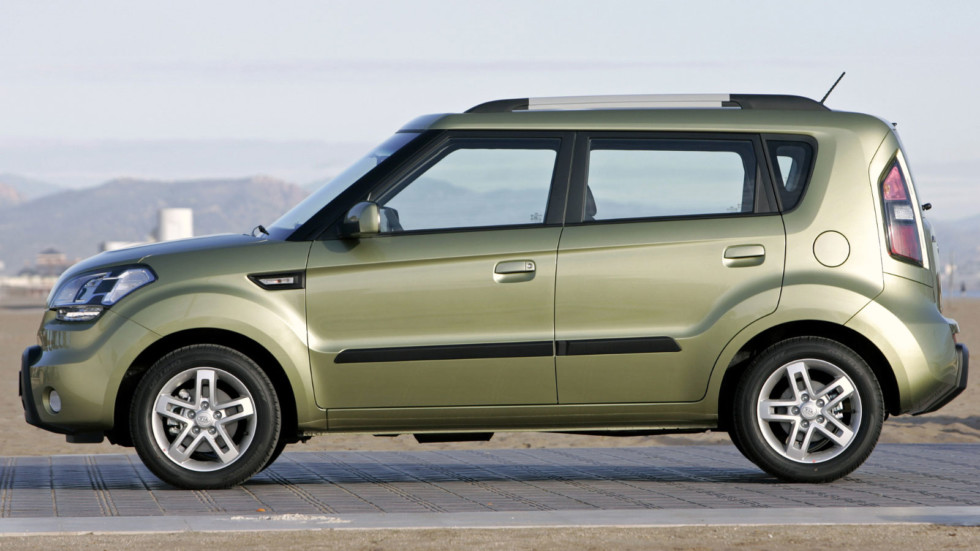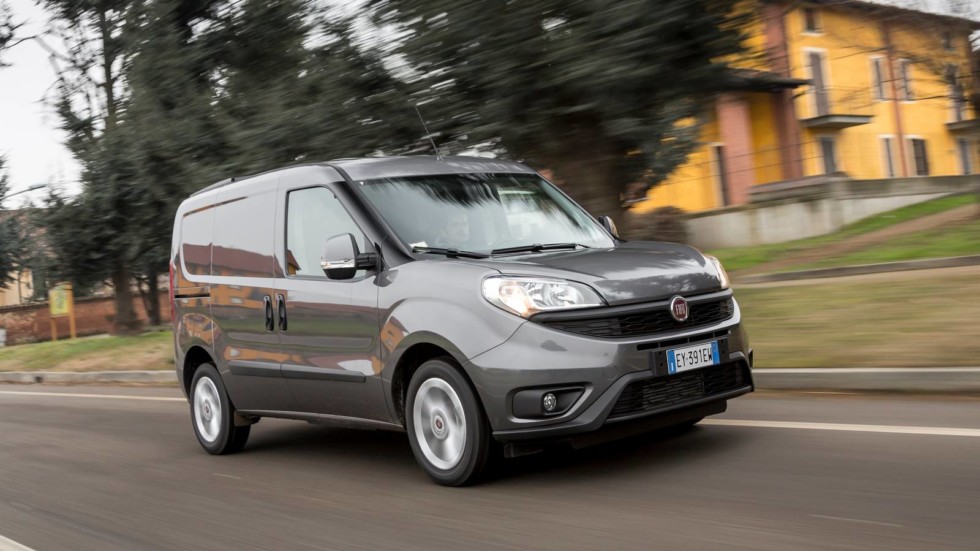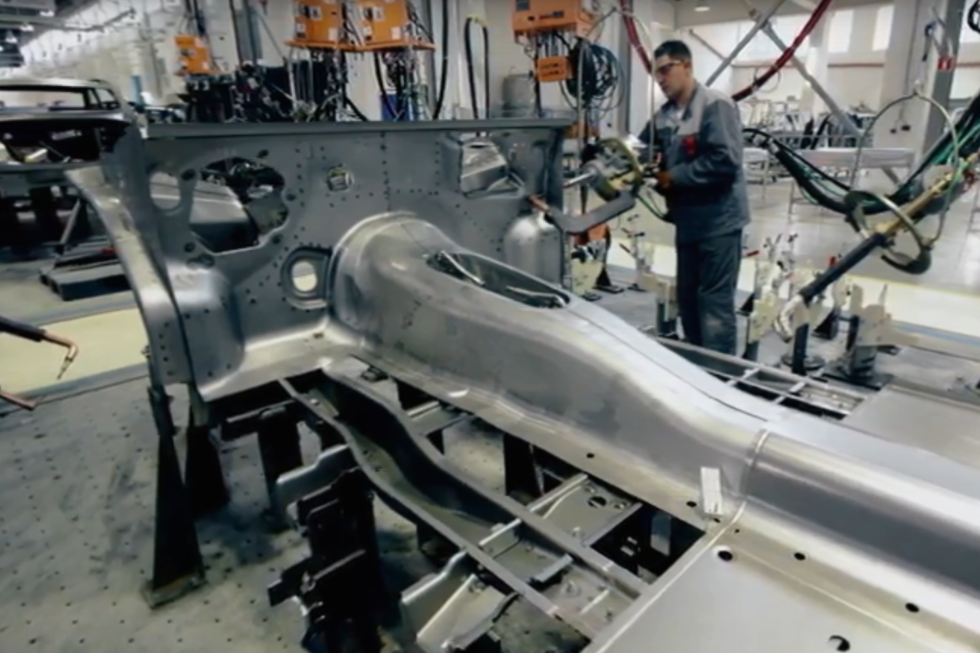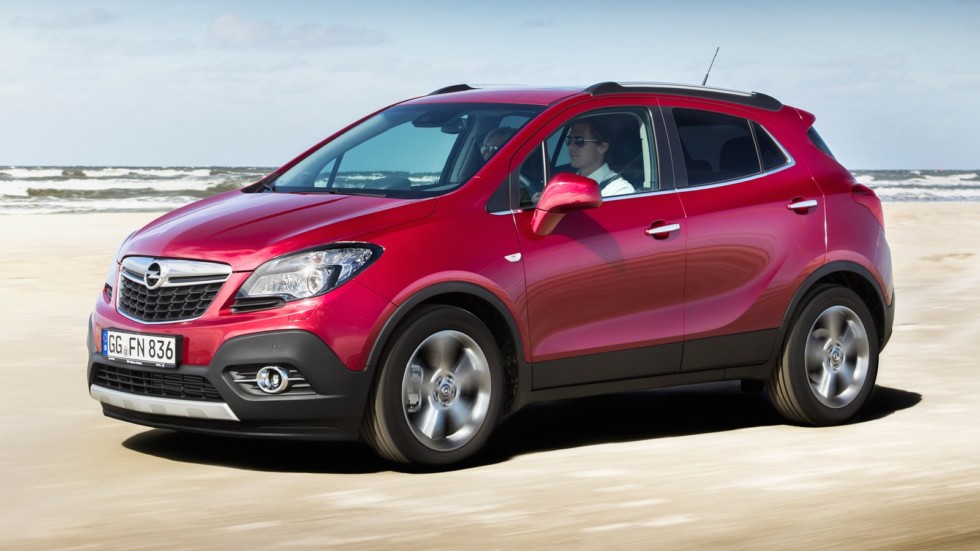Like the Impreza, only more: is it worth buying a Subaru Forester II
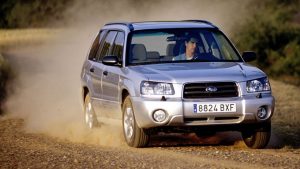 Subaru is a permanent four-wheel drive, the legendary boxer engines and driving pleasure: this is the perfect image of these Japanese cars. But in practice it turns out that the four-wheel drive is not always so permanent, and the engines over the years of their existence have not got rid of some specific features. And there are also rumors that to replace the spark plugs, you need to remove the engine … What is true here, and what does the person who wants to buy a decent copy of the second-generation Subaru Forester have to face? Our colleagues from Avito Avto suggest that the entrance threshold for the cost starts from 300 thousand rubles, and about 500 thousand worth laying in good options – we will start from this base.
Subaru is a permanent four-wheel drive, the legendary boxer engines and driving pleasure: this is the perfect image of these Japanese cars. But in practice it turns out that the four-wheel drive is not always so permanent, and the engines over the years of their existence have not got rid of some specific features. And there are also rumors that to replace the spark plugs, you need to remove the engine … What is true here, and what does the person who wants to buy a decent copy of the second-generation Subaru Forester have to face? Our colleagues from Avito Avto suggest that the entrance threshold for the cost starts from 300 thousand rubles, and about 500 thousand worth laying in good options – we will start from this base.
It was not by chance that we mentioned the Subaru Impreza in the name: it was at its base that the Forester was built. The key features embodied in it in the first generation remained: four-wheel drive, the ability to choose between atmospheric or turbo engines and more “off-road” than the Impreza, appearance. Even the wheelbase has not changed a millimeter: there is just over 2.5 meters between the wheels. A noticeable innovation for enthusiasts is the appearance in 2004 of the STi version, which received the same 2.5-liter turbo engine as the corresponding Impreza – but we will probably leave these cars aside. First, this version was produced exclusively for the Japanese market, and we are more interested in cars with the left rudder. But secondly, the purchase of such a machine is worth laying a significantly larger budget than the usual one.
A striking example of the degradation of the brand is the Mitsubishi Lancer X. This generation disappointed fans of the ninth Lancer. The car has become more difficult, it does not have the reliability of the previous generation, the “nine” charisma, which even …
From the point of view of the body, the Forester is the car whose off-road image is not very useful for it in terms of safety. In general, off-road operation is of no use to anyone, but one thing is when it comes to a frame and high Land Cruiser 200, and quite another when a car with a monocoque body and ground clearance of 190 mm slides off the road. Subarists are desperate people, and often they love to prove to others and to themselves the breadth of the capabilities of their car, so that annealing in the mud is not an exceptional case, and winter pokatushki sideways – in general, the very essence of the purchase.
The body transports it, as literacy experts write, “creaking with the heart,” and at the same time with its other parts. When buying on the bottom and the lower part, it is generally worth paying close attention: the dirt here will be inevitable – the only question is, will the condition be so neglected? If the owner not only drove, but occasionally washed the car from below, and there are no lumps of dirt in the cavities, this can be considered a good sign. Well, hot spots of corrosion – a reason to think: most likely, and the rest of the car remained about the same. By the way, frameless doors can be considered another “indicator of well-groomedness: if the seals are intact, water does not flow into the cabin, and the window regulators do not muddle, this is a good sign.
The suspenders here are independent both in front and rear, and the MacPherson scheme is applied on both axes. For the US and Australian markets, cars with a self-leveling rear axle were offered – but “tricky” oil pump shock absorbers are now offered in online auto parts stores at prices ranging from 45 to 107 thousand rubles per unit, so it’s almost impossible to meet a live copy with such a suspension and repair is inappropriate. If, however, to leave out of the bracket this exotic option, the suspensions are quite reliable and not too expensive to be repaired – but it should be borne in mind that the maintenance costs will still be significantly higher than for a primitive rear beam. By the way, in the repair of the chassis there are even such exotic options as a suspension order assembly from Japan.
The choice of gearbox is one of the key “watersheds” when buying a Forester. The fact is that the type of all-wheel drive scheme depends on the type and model of the gearbox – unless, of course, changes were made to the transmission, which is quite likely. With the mechanics of working here is a center differential, self-locking differential – that is, the scheme of torque distribution on all wheels is quite honest. But with four-stage automaton there are two options. Machines equipped with TV series automatic transmissions have a VTD – Variable Torque Distrubution scheme, which also includes a center differential with hydromechanical locking and distributes the moment between the axes almost evenly. But the TZ series box means that there are clutches in the rear wheel drive – there is a preload, which is referred to as “permanent all-wheel drive”, but under normal conditions, only about 10% of traction goes back, and if necessary, up to 40%.
